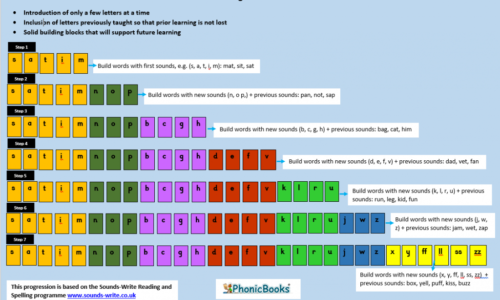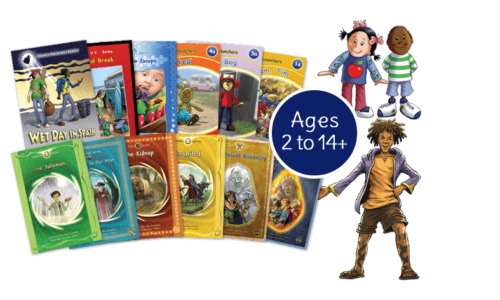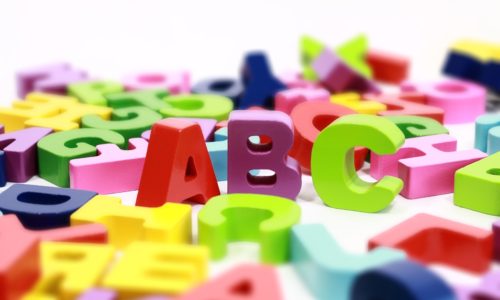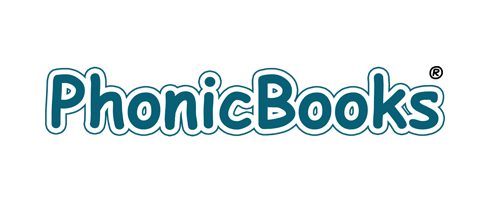It is so sad when children grow to hate reading as described in the interview linked at the end of this piece. It is uplifting to hear how a parent turned this child’s life around by getting him assessed and starting him on a structured literacy program. But what about less informed or well-to-do parents? How…
Read MoreApproaches to Teaching Reading
Consonant blends and consonant teams—what’s the difference?
Many of the terms in phonics are quite confusing. Consonant blends and consonant teams are such terms. So, what is the difference between the two? A consonant blend is a term used for two adjacent consonants in a word that represent two separate sounds. Take the word, ‘blog’: the letters ‘b’ and ‘l’ spell two…
Read MoreWhy we need to teach the Alphabetic Code
What is the Alphabetic Code? English has a complex writing system. It has 26 letters but roughly 44 sounds (this depends on pronunciation). There are roughly 160+ different spellings for these 44 sounds. In order to teach them in a methodical way, they have been organized according to the 44 sounds they spell. This organization…
Read MoreDictation is a great activity for emerging spellers
Most teachers approach teaching in a child-centered way so dictation goes against the grain. It may seem old-fashioned and yes, a bit dictatorial. But actually, it is a really powerful tool which is particularly useful for struggling or emerging readers and spellers. What more, kids enjoy it because it consolidates their learning and they experience…
Read MoreHow we can help kids to self-teach themselves to read
Have you ever wondered how kids can read words they haven’t been taught to read? I recently came across the ‘Self Teaching Hypothesis’ Share, 1955. This hypothesis explains how kids use the sounds/spellings they have been taught and apply them to figure out new words. What does this theory say? “According to this hypothesis, beginning…
Read MoreWhy ‘structured’ reading instruction is not enough

Why we need to teach ‘structured and cumulative’ reading instruction In the bad old days before I learned how to teach kids to read, I taught kids to read in a structured way. That is, what I thought was structure: Week 1: letters a, b, c, d Week 2: letters e, f, g, h Week…
Read MoreHow to use decodable books

What are decodable books and how do I use them? Decodable books are controlled texts that beginner readers can read independently once they have been taught the spellings in the text. Children learning to read with phonics benefit from reading decodable texts because they allow them to practice what they have been taught and experience…
Read MoreDoes spelling matter in the digital age?

Many children struggle with spelling. Is it important to teach them how to spell in the digital age when ‘Spell Check’ is there to help? The answer is yes. Why? Firstly, because at present ‘spell check’ makes errors as do voice recognition tools. Spell check may offer homophone or spelling options—but can students choose the…
Read MoreWhat is a grapheme?

A grapheme is a letter or a number of letters that represent a sound (phoneme) in a word. Another way to explain it is to say that a grapheme is a letter or letters that spell a sound in a word. Some written scripts are simple in which 1 letter usually represents 1 sound. These…
Read MoreWhat is a phoneme?
Now that everyone is talking ‘Synthetic Phonics speak’ it seems like a good time to clarify some of the terms that are being used.
Read More
